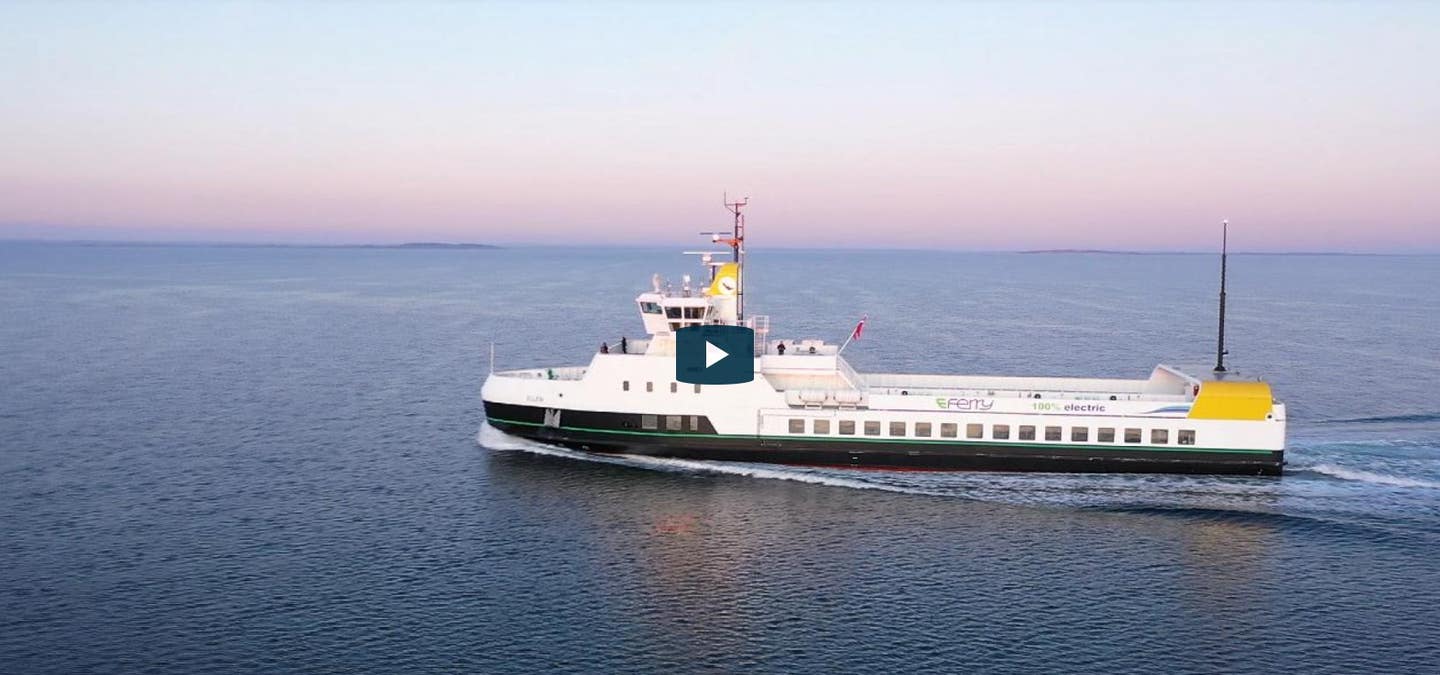Europe’s 2050 ‘Green Deal’ plans boosted by radical innovation
[July 27, 2020: EuroNews] As Europe sets itself the goal of becoming the first climate-neutral continent, there will be changes to where…

[July 27, 2020: EuroNews]
As Europe sets itself the goal of becoming the first climate-neutral continent, there will be changes to where we live, the food we eat and how we get around.
The “Green Deal”, launched by European Commission President Ursula von der Leyen in December 2019, set a target of 2050 to achieve its ambitions and will involve some radical and innovative projects.
Less waste, healthier food with fewer pesticides and fertilisers, better public transport alternatives and cleaner energy are just some of the plans being put forward.
Like these kind of stories? Get The Brighter Side of News' newsletter.
In order to achieve climate neutrality the EU has to decarbonise the energy sector and help industry to be more innovative and become global green leaders.
Renovating buildings is among the priorities to help cut energy bills and energy use and the EU plans to roll out cleaner, cheaper and healthier forms of transport.
One of the success stories is an all-electric ferry that could transform maritime traffic. 750-tonne “Ellen” covers up to 22 nautical miles and connects two Danish islands.
In her home port on the Danish island of Ærø Ellen loads her passengers and recharges her batteries. Once charged, the ship leaves for one of its five daily trips to the neighbouring island.
All-electric - no oil
This project was co-financed by the European Union in co-operation with islanders who are eager to achieve carbon neutrality.
E-Ferry project co-ordinator, Trine Heinemann, believes it is a good example for the whole of Europe.
“We’re fully-electric, so there is no oil on board at all to run anything on the ship,” she says.
Heinemann explains that a ship like Ellen faces the same challenges as electric cars when it comes to the distances it might travel but does not see that as a major problem.
“I think in Europe it's probably about 80 percent of the Ferry transportation that can actually be covered within a 22 nautical miles range so that's a lot of Ferry's you can change into battery electric."
Nearby a farm of wind turbines produces 130 percent of the electricity needed for Ærø. Some of the surplus power is used to charge Ellen’s batteries.
Clean, quiet and comfortable
Ferries are currently the largest polluters on the island but Ellen will save 2,000 tonnes of CO2 emissions a year with her four quiet engines and 56 tonnes of lithium ion batteries producing up to 4.3 megawatt hours and no requirement for an oil-fired back-up generator.
Trine says: “At all times we reserve a certain amount of energy in each battery room. So, if you lose a battery room or have to shut it down for some reason there will always be enough energy left in the other room to sail back to harbor or do all the emergency procedures that could be involved in an emergency at sea.” .... MORE
Joseph Shavit
Head Science News Writer | Communicating Innovation & Discovery
Based in Los Angeles, Joseph Shavit is an accomplished science journalist, head science news writer and co-founder at The Brighter Side of News, where he translates cutting-edge discoveries into compelling stories for a broad audience. With a strong background spanning science, business, product management, media leadership, and entrepreneurship, Joseph brings a unique perspective to science communication. His expertise allows him to uncover the intersection of technological advancements and market potential, shedding light on how groundbreaking research evolves into transformative products and industries.
